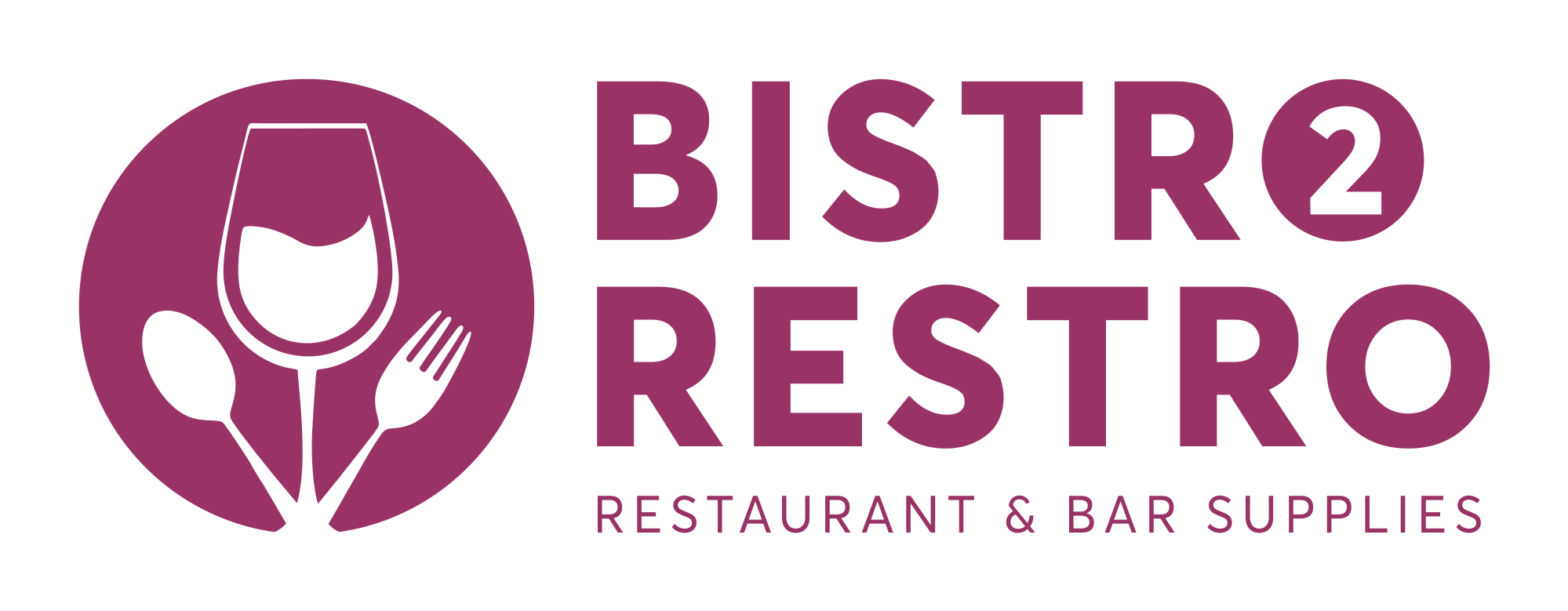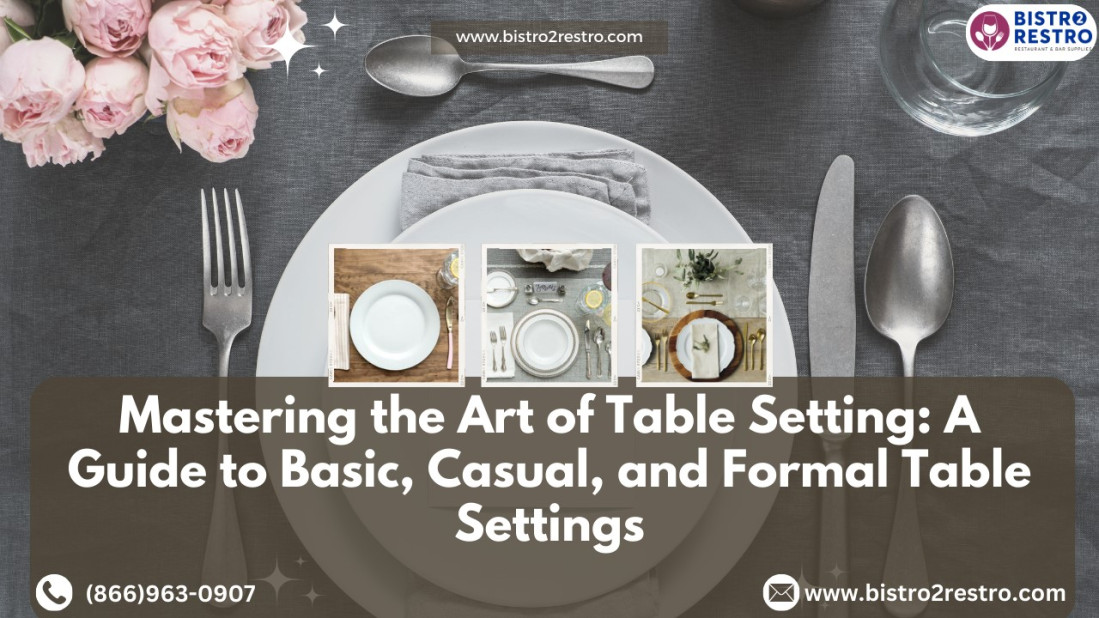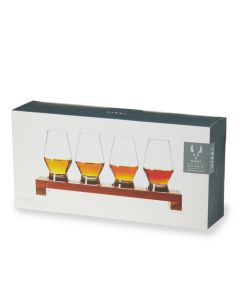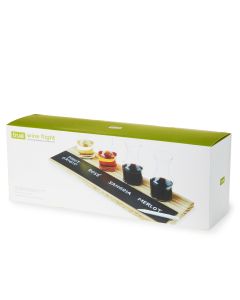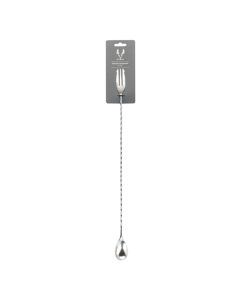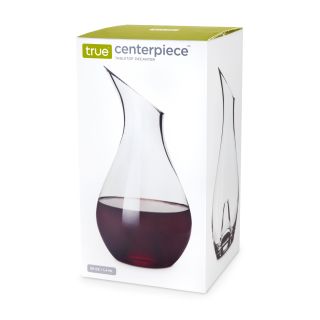Every dining establishment is crafted to align the type of cuisine offered with its architectural design. Whether hosting a formal dinner or a casual gathering, adhering to the nuances of table setting and dining etiquette is a mark of hospitality and refinement. In formal settings, the meticulous arrangement of table elements contributes to an atmosphere of sophistication, setting the stage for an elegant and memorable evening.
Even in more relaxed environments, such as casual dinners, a basic table setting is essential. It provides a practical structure that ensures guests can comfortably navigate their way through the meal without unnecessary distractions. The strategic placement of utensils, plates, and glasses not only facilitates the flow of the dining experience but also fosters an environment conducive to conversation. A casual table setting serves as a universal language of respect and consideration. Respecting cultural variations in table-setting practices further enhances the inclusivity of the dining experience.
Basic Table Setting: Perfect for Everyday Meals
It is a simple and standard arrangement of tableware that is commonly used for everyday meals or casual dining occasions. A basic table setting typically includes the essential elements needed for a single-course meal.
Placement and Positioning of a Basic Table Setting:
The placement and positioning of a basic table setting are foundational to creating an inviting dining atmosphere. From the strategic arrangement of utensils to the thoughtfully placed dinnerware, understanding these essentials ensures a seamless and enjoyable dining experience.
Dinner Plate Arrangement and Napkin Placement:
- Center the dinner plate in the middle of each place setting.
- The napkin can be placed either to the left of the plate or creatively folded and positioned on top of the plate.
Utensil Placement:
- Place the dinner forks to the left of the dinner plate.
- If you're using additional dinner forks for salads or appetizers, arrange them in order of use from the outside in.
- Position the dinner knife to the right of the dinner plate with the blade facing the plate.
- Place any additional knives, such as a salad knife or steak knife, to the right of the dinner knife.
Soup Bowl:
- If serving soup, position the soup bowl on top of the dinner plate
Spoons and dinner forks
- In a formal table setting, the careful arrangement of spoons and dinner forks contributes to an elegant dining experience. When the soup is on the menu, the spoon finds its place to the right of the knives, awaiting the savory beginning of the meal. Its strategic position ensures easy access when needed.
- If a soup spoon is needed, place it to the right of the knives.
- The dinner forks are usually placed to the left of the dinner plate.
Glasses and other optional items :
- The careful arrangement of glasses and optional items contributes to an elegant and organized dining experience. Water glasses take a prominent place, situated slightly above the dinner knife to the right of the plate.
- If serving bread, place a bread plate slightly above the dinner forks with cheese knives laid diagonally across it.
Tips for a well-balanced basic table setting
Creating a well-balanced basic table setting involves thoughtful placement of items to ensure both functionality and aesthetics.
Symmetry and Alignment:
Aim for symmetry in the placement of utensils and other items. Align the utensils and the dinner plate to create a balanced look.
Even Spacing:
Ensure even spacing between each place setting to avoid a cluttered appearance. This applies to the placement of plates, utensils, and glasses.
Centered Focal Point:
Position the dinner plate at the center of each place setting to create a focal point. This helps to anchor the arrangement and provides a clear starting point for each diner.
Consistent Heights:
Keep the heights of utensils and glasses consistent for a polished look. This means aligning the tops or bottoms of items and maintaining a visually pleasing uniformity.
Napkin Placement:
Choose a consistent and aesthetically pleasing placement for the napkin. This can be to the left of the plate, on top of the plate, or creatively folded on the plate.
Glassware Positioning:
Place the water glasses slightly above the plate, maintaining a balanced arrangement with the other elements. Ensure it is easily reachable and does not obstruct the view of the diners.
Casual Table Setting: Creating a Relaxed Atmosphere
It is a relaxed and informal arrangement of tableware for everyday meals, family gatherings, or outdoor settings. casual table setting designed to create a comfortable and laid-back atmosphere while still maintaining a sense of order and functionality. casual table setting setup often involves fewer utensils and accessories compared to formal settings, making it suitable for various occasions where a more relaxed ambiance is desired. The goal of a casual table setting is to foster a comfortable and unpretentious environment, encouraging a sense of ease and connection during meals.
Choosing Placemats or Tablecloths in casual table setting:
- Opt for easy-to-clean materials like cotton or linen.
- Choose light or neutral colors for a laid-back feel.
- Embrace textures like woven fibers for a cozy look.
- Ensure the size is appropriate with a slight overhang.
- Match to the occasion or season for added charm.
- Prioritize versatility and easy maintenance.
Utensils in Casual Table Setting:
- Keep it simple: fork on the left, knife on the right.
- Dinner spoon to the right of the knife.
- Add necessary utensils for other courses if required.
Incorporating Bread Plates and Salad Bowls:
- For bread, place small plates above the dinner forks or to the left.
- Include a butter knife or a communal butter dish.
- Decide on individual or shared salad bowls.
- Arrange utensils accordingly for individual or shared use.
- Ensure cohesive design and mindful space usage.
Enhancing Ambiance with Decorative Elements in Casual Table Setting:
- Consider a centerpiece for a focal point.
- Incorporate themed or personalized elements into place settings.
- Get creative with napkin decor.
- Introduce seasonal touches for a fresh feel.
- Use candles or lanterns for soft lighting.
- Embrace rustic themes with wooden accents.
- Choose functional decorative elements like bowls or trays.
- Mix and match textures, colors, and patterns for an eclectic look.
- Add personal touches, such as family photos, for an intimate setting.
Formal Table Setting: Elevating Your Dining Experience
The formal table setting is a sophisticated arrangement often observed at upscale dining establishments, formal events, and elegant weddings. Tailored for a six-course meal encompassing appetizers, soup, salad, starch, protein, and dessert, this setting involves an extensive array of flatware and glassware. Charger plates, positioned beneath the serving plate, add an extra touch of refinement.
Elevating Special Occasions with a Formal Table Setting:
For special occasions and elegant formal dinners, a formal table setting transforms the dining experience into a sophisticated affair. The use of fine linens or lace as the base adds a layer of luxury, setting the stage for an exquisite meal.
Fine Linens or Lace Base:
Begin by adorning the table with impeccably ironed fine linens or delicate lace. This foundational layer not only imparts a sense of opulence but also provides a smooth and elegant backdrop for the intricate arrangement that follows.
Proper Positioning of Multiple Dinner Forks and Knives:
A hallmark of a formal setup is the precise arrangement of flatware.
Left Side (Forks):
Start with the outermost dinner forks for the appetizer, followed by the salad fork on the inside.
The dinner fork, reserved for the main course, completes the left side.
Right Side (Knives):
On the right side, arrange knives from the inside out dinner knives, salad knives, and any specialty knives for various courses.
The soup spoon finds its place on the outermost right.
Inclusion of specialty items
Charger Plates:
- Placement: Begin by positioning charger plates beneath the main serving plate. Charger plates act as decorative bases, enhancing the visual appeal of each place setting.
- Material and Design: Choose charger plates that complement the overall theme and color scheme of the table setting.
- Size: Ensure that charger plates are larger than the dinner plates, creating an elegant border that frames the entire setting.
Soup Bowls:
- Placement: If soup is part of the multi-course meal, include soup bowls in the setting.
- Positioning: Place the soup bowl above the charger plate or directly on the formal dinner plate if charger plates are not used.
- Utensils: Set the soup spoon to the right of the knives, ensuring it is easily accessible for the soup course.
Creative ways to fold napkins or incorporate place cards in a formal setting
These creative napkin folds and place card arrangements add a personalized and artistic touch to a formal dinner setting, enhancing the overall aesthetic and making each guest feel special.
Classic Pocket Fold:
- Fold the napkin in half to form a rectangle.
- Fold the bottom edge up, leaving a small border.
- Fold both sides toward the center, creating a pocket.
- Stand the napkin upright, and tuck the utensils or a small floral arrangement into the pocket.
Fan Fold:
- Accordion-fold the napkin from one end to the other.
- Secure the center with a decorative napkin ring.
- Fan out the folds, creating an elegant fan shape.
Rose Fold:
- Fold the napkin in half diagonally to form a triangle.
- Roll the napkin from the widest end to the pointed end.
- Tuck the pointed end into the roll to create a rose-like shape.
Menu Holder Fold:
- Fold the napkin in half diagonally.
- Roll the napkin into a tube shape.
- Secure the ends with a ribbon or napkin ring.
- Slip a small menu card or place the card into the open ends.
Bow Tie Fold:
- Fold the napkin in half vertically.
- Tie a loose knot in the center, leaving two equal loops on either side.
- Tuck the loose ends into the loops, forming a bow tie.
Layered Pocket Fold:
- Create multiple pocket folds by folding the napkin in segments.
- Tuck small place cards or menu cards into each pocket.
Envelope Fold:
- Fold the napkin in half horizontally.
- Fold the top layer down, leaving a border.
- Fold the bottom layer up to cover the top layer, creating an envelope.
- Tuck a place card or a sprig of herbs into the top flap.
Butterfly Fold:
- Fold the napkin in half horizontally.
- Fold the two top corners down diagonally to meet at the center.
- Flip the napkin and fold the bottom corners up.
- Stand the napkin upright to reveal a butterfly shape.
The art of table setting enhances the dining experience for any occasion, from casual gatherings to formal celebrations. The careful arrangement of utensils, the choice of linens, and the creative incorporation of decorative elements all contribute to setting the tone and ambiance of the meal. Mastering table setting is about creating an environment that complements the occasion, showcases hospitality, and enhances the joy of sharing a meal. By understanding the nuances of table setting, one can turn any gathering into a memorable and delightful experience, leaving a lasting impression on guests.
FAQs
Why is a table setting important?
Proper table setting enhances the dining experience, creating a welcoming atmosphere for various occasions.
What is the difference between basic and formal table settings?
Basic settings are simple and practical, while formal settings involve intricate arrangements suitable for upscale occasions.
Can I use cheese knives in a casual table setting?
Yes, incorporating cheese knives adds a touch of sophistication, even in more relaxed settings.
What's the significance of dining etiquette?
Dining etiquette ensures a seamless and respectful dining experience, contributing to a positive atmosphere.
How can I elevate outdoor meals with table setting?
Choose durable yet stylish tableware, incorporate casual settings, and add outdoor-themed decor for a relaxed and inviting ambiance.
